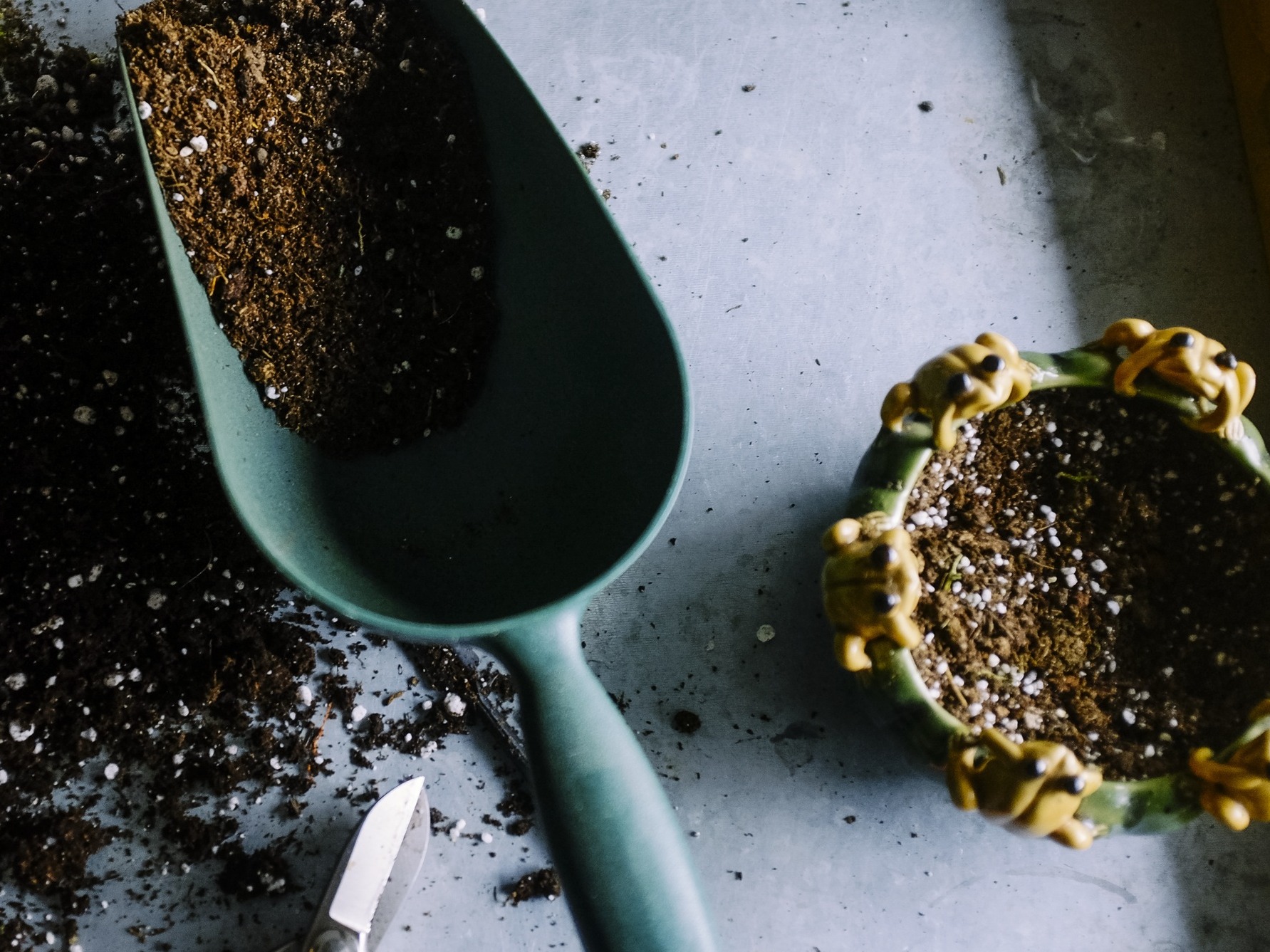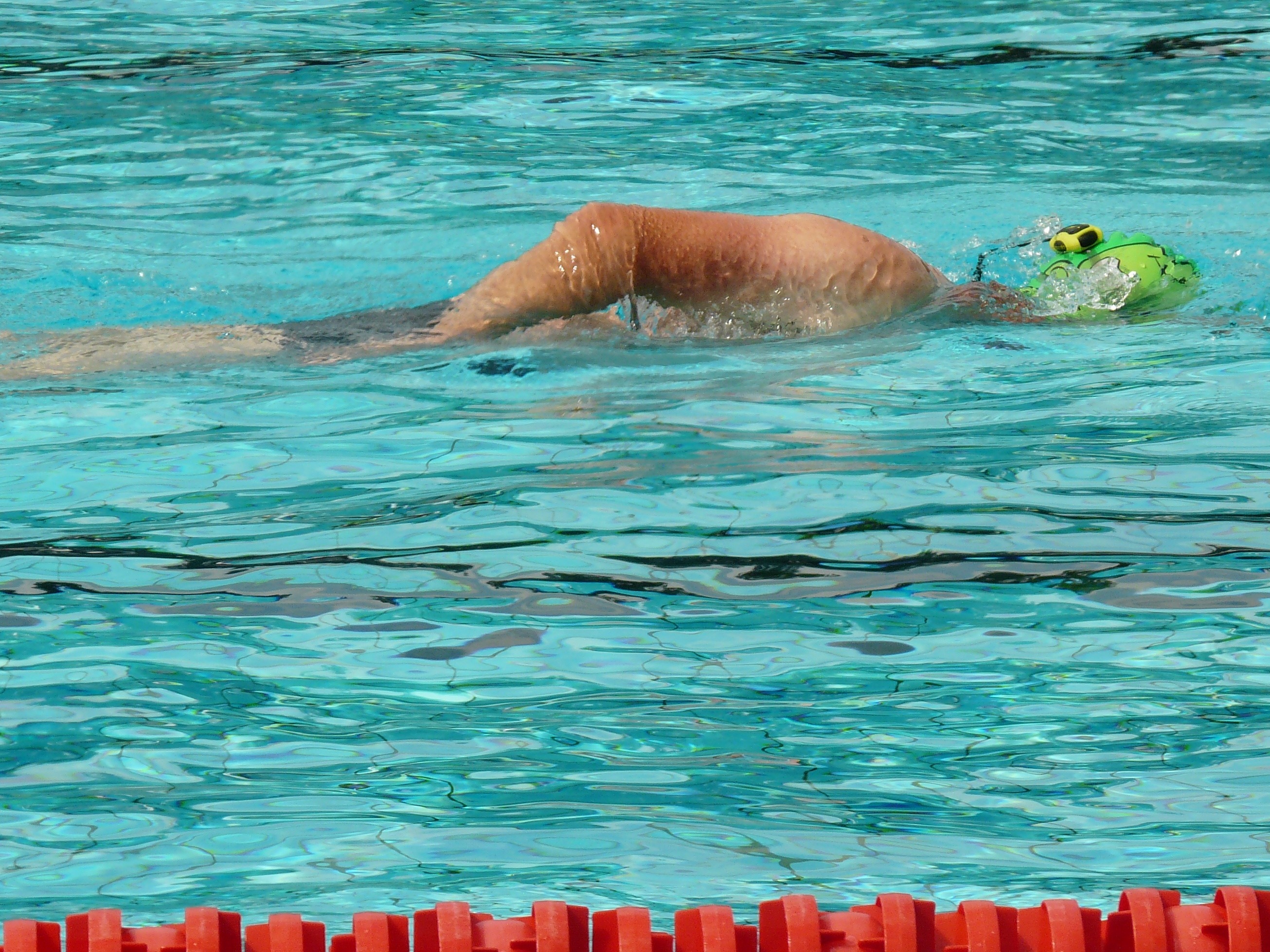December 2021: Top 4 hobbies to help you stay active in later life
Inactivity can become a real problem, post-retirement. It simply isn’t good for our health – physical, mental or emotional – to slow down too much and stop exercising. And if you’ve never really been into sport or outdoor activities, it’s really easy to do less and less as we get older. If you’ve been considering becoming more active, or even making excuses for not being more active, here are our top 4 ways of staying active in later life.
Walking

It’s the most obvious form of exercise, and easy to do more of if you have sufficient mobility. Perhaps that’s why so many people take it for granted and don’t think of it as exercise. Or think of it as a bit, well, a bit dull.
We think walking is as interesting as the way you approach it. The first way to liven up a walk is to walk with a friend. Time passes quickly and you’re more likely to go for longer walks – as well as commit to going on that walk rather than ‘not feeling like it’ and staying on the sofa. Search out local walking groups on Facebook or at your local community centre. You may find cross-country hikes or less advanced, urban walking groups.
If you can, seek out green spaces. Walking is a great way to reconnect with nature. Take binoculars with you and look out for birds and other wildlife. Combine your walks with another hobby, such as sketching, and find something different to stop and sketch on each walk. If you’re in a very built-up environment and can’t go further afield, focus on the architecture, the streetscape, and let your imagination wander and your observational skills look for patterns and changes over the weeks and months.
You could even try geocaching. Geocaching is a bit like a treasure hunt. You follow GPS coordinates using your mobile phone (Google Maps, for instance) and a geocaching app, to find the hidden treasures. There are more than 70 hidden items within 3 miles of Millcroft, our senior living accommodation in Wallingford, more than 90 within 3 miles of Rosebank Park in Harwich, and a staggering 480+ within 3 mils of Bankhouse, in Lambeth, London.
Gardening

The bigger the garden, the more exercise you’ll get. Of course, for many of us, we have no more space than a balcony. But even there you can plant vegetables and a surprising array of plants. The levels of exercise won’t be great in a small space, but the fresh air, exposure to sunlight, absorption of vitamin D, and the feeling of accomplishment will all benefit you.
Half an hour’s gardening in a larger space can help reduce blood pressure, strip away stress and generally improve your mood and sense of wellbeing, as well as keeping joints mobile.
If you only have a small space to work with, search your local area for gardening groups. You might be surprised to find community gardening exists, and may form fantastic new friendships to boot.
Yoga or tai chi

Yoga is a low-impact, meditative exercise that’s shown to be excellent for improving balance and flexibility, breath control and relieving stress and muscle tension. It also improves core muscle strength.
Finding a local yoga class that’s aimed at older, beginner practitioners is a good way to introduce the social element. You can just as easily start your yoga journey at home, using a DVD or searching for guides on YouTube. When you search, do look for yoga that’s suited to beginners and specifically older people, particularly if you have any existing health or mobility conditions. Again, we advise talking with your doctor first if you have any concerns.
Tai chi is a very calming, meditative, ancient martial art. Slow, relaxing movements help strengthen muscles throughout your body. Like yoga, it’s good for breathing control and is helpful in relieving stress and anxiety; it causes your body to release endorphins, the natural feel-good chemicals.
Because it strengthens the smaller muscles around your knees and ankles, it’s also good for mobility, stability and balance. The low-impact nature of both yoga and tai chi means they’re often suitable even for people who typically experience pain in their joints.
Swimming and water aerobics

The fantastic thing about exercise in water is that it’s so low-impact. The body’s natural buoyancy and the water’s resistance take the stress out of the joints.
And the health benefits are huge. Swimming in particular increases heart strength, reduces blood pressure and improve blood circulation. It’s good for the entire cardiovascular and pulmonary system, cutting your risk of related disease. It’s also good for flexibility. Because swimming is a whole-body exercise, that should benefit all your limbs, hips and neck – reducing stiffness and related back pain.
We discussed earlier that certain exercise can ward off the onset of osteoporosis, and swimming is a prime example. Swimmers’ bones become denser, making them less prone to fracture.
Just like all other forms of exercise, swimming and water aerobics are great stress-busters. They lift your mood and even boost brain function. The social element, particularly when you join a water aerobics class, is a bonus, as it counteracts loneliness and depression.
Exercise for people who are less mobile
If you use a wheelchair, a walker, or have other mobility restrictions, it may be that you are unable – or feel unable – to partake in those typical forms of exercise.
The good news is that there are still exercises you can do to increase joint mobility, core strength and your sense of wellbeing. Whether you’re standing or sitting, range-of-motion and strength training exercises are still beneficial. Keeping up with physical activity can ease the aching joints associated with arthritis by building up the muscles that surround the joints. It can reduce the inflammation of swollen joints and, of course, the discomfort or pain you experience as a result.
Most seated exercises and chair-yoga require minimal or no equipment at all, making it easy for anyone to start being more active. Look for local groups at community centres, or search YouTube to discover a huge range of exercises to lift your mood and overall feeling of wellbeing.
And don’t do it alone – or not always, anyway! Enlist a friend to join you and put on some upbeat music. You’ll be extending your exercise sessions in no time, and feeling all the better for them.